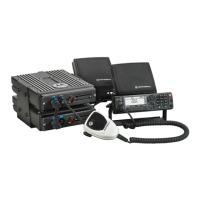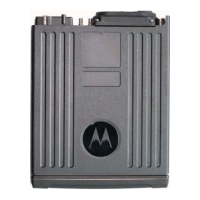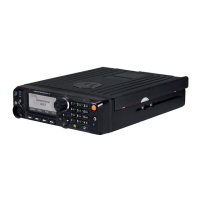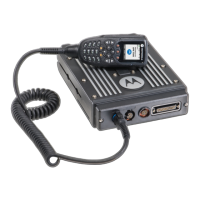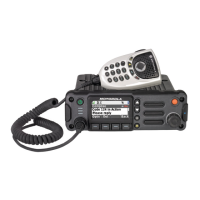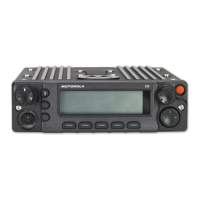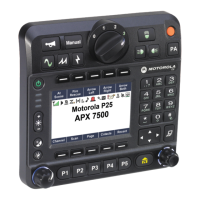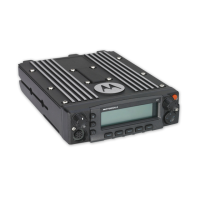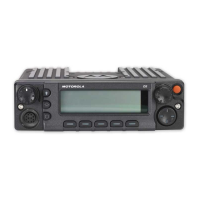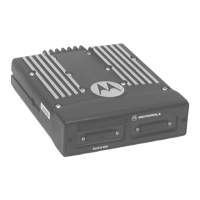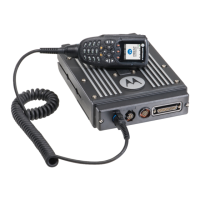
Do you have a question about the Motorola APX7500 03 and is the answer not in the manual?
| Technology | P25 Phase 1 and Phase 2 |
|---|---|
| GPS | Yes |
| Bluetooth | Yes |
| Operating Temperature | -30°C to +60°C |
| IP Rating | IP54 |
| Wi-Fi | Optional |
| Battery Life | N/A (Mobile Radio) |
| Frequency Range | 700/800 MHz |
| Trunking | P25 Trunking |
| Encryption | AES, ADP |
States compliance with FCC Part 15, Subpart B, for Class B Digital Devices and outlines operating conditions.
Advises reading safety booklets for safe usage and RF energy exposure compliance.
Explains that the user guide covers basic operation and may be customized by a dealer.
Defines special notations like WARNING, Caution, and Note used for emphasis and safety.
Lists topics to consult your dealer or system administrator about, such as programming and accessories.
Provides instructions on how to turn the radio on using the Power On/Off or PTT buttons.
Instructions on how to increase or decrease the radio's volume using the Volume Rocker.
Details how to change display brightness levels using the DIM button.
Introduces the radio's components, control head display, and common indicators.
Describes the control head display's function in showing mode, receive status, and icons.
Details the physical layout and components of the O3 control head.
Describes how to navigate and select menu entries using the menu select buttons.
Explains how to use the navigation buttons for scrolling lists and accessing menu options.
Details how to use the Volume Rocker and Mode Rocker for adjusting volume and changing channels.
Describes the 3x4 alphanumeric keypad and its function for entering text and digits.
Lists and briefly explains functions that can be assigned to programmable buttons, like Call Alert and Channel Select.
Describes functions like tone control, backlight, and keypad mute that can be assigned to buttons.
Explains how to access radio functions via programmable buttons or menu select buttons.
Explains the dual purpose of the PTT button: transmitting calls and initiating new calls.
Introduces the radio's status icons displayed on the LCD screen, starting with Carrier Squelch.
Details various status icons including security, call status, scan modes, signal strength, and data transmission.
Explains icons related to text messaging, including priority, request reply, message status, and inbox indexing.
Describes icons indicating normal text entry mode and uppercase mode for text editing.
